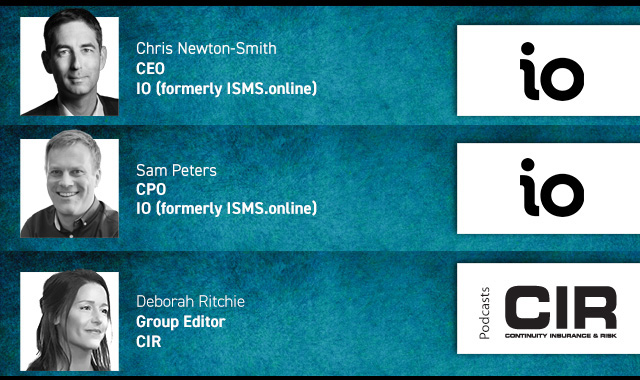Plagued by severe weather events, shadow fleets and geopolitical instability, 2025 is a year that the shipping industry and its insurers might prefer to commit to the scrap heap.
The outlook had seemed contrastingly upbeat in the first half of the year, when at the International Maritime Organisation’s 83rd session in April, the Marine Environment Protection Committee proposed a world first net zero initiative, the IMO Framework, combining mandatory emissions limits and greenhouse gas emissions pricing in order to increase the uptake of green fuel technology and reach net zero GHG emissions by 2050.
Given that the shipping industry generates 3% of global GHG emissions, the news was promising, and had received support from many countries, as well as the International Chamber of Shipping. The IMO Framework was designed to operate through amendments to MARPOL Annex VI, the primary international convention regulating ship emissions. Without agreement on these amendments, the framework cannot be legally enforced, leaving the industry without a unified route to decarbonisation.
It was disappointing, then, that when the MEPC held its second extraordinary session in October, the parties could not reach consensus on the necessary enacting amendments to MARPOL Annex VI. Further negotiations were adjourned to October 2026, thus jeopardising the timeframe for decarbonisation. While the IMO Framework ultimately fell as a geopolitical pawn (with the US administration lobbying widely to ensure it was not adopted), concerns were also raised as to the potential compliance costs associated with its adoption and the viability of green fuels more generally.
The latter concern arises from the fact that no single green fuel has emerged as a frontrunner for global adoption. Indeed, each of the main contenders (ammonia, methanol, hydrogen, biofuels and liquefied natural gas) possesses inherent risks that have the potential to compromise environmental and human safety in the event of a disaster.
Unfortunately, the law does not yet have an answer as to how a catastrophe would be compensated; none of the oil pollution conventions deal with green fuels. Ratification of the International Convention on Liability and Compensation for Damage in Connection with the Carriage of Hazardous and Noxious Substances by Sea is, however, gaining momentum.
Despite the outcome, Australia remains focused on its Maritime Emissions Reduction National Action Plan, establishing a Green Shipping Corridor with Singapore by the end of 2025, and investigating other green corridors with South-East Asian neighbours. At a domestic level, TasPorts is working to position itself as a hydrogen production centre.
Likewise, major global shipping companies are taking it upon themselves to develop green technology and decarbonise the industry. The difficulty, of course, is that in the absence of a unified approach, they are left to dissect a multitude of regulations, regimes and reporting requirements as they traverse the world. It is, therefore, hoped that supporters of the IMO Framework can build consensus over the coming year in the hopes of a successful negotiation in October 2026.
Printed Copy:
Would you also like to receive CIR Magazine in print?
Data Use:
We will also send you our free daily email newsletters and other relevant communications, which you can opt out of at any time. Thank you.








YOU MIGHT ALSO LIKE